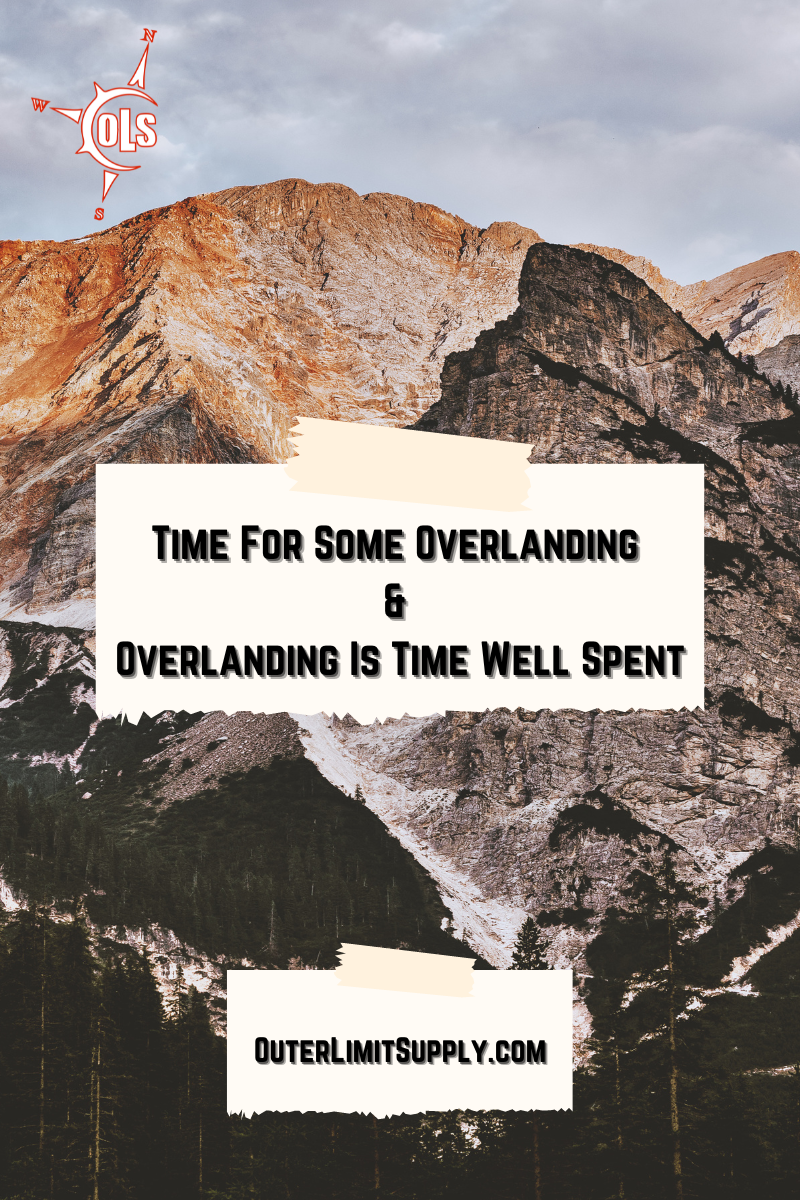High avalanche warnings throughout the region, yet we decided to "duck the rope anyway". Some years ago, four young men passed a boundary into closed terrain. They received explicit warnings from ski patrol authorities in the British Columbia Grouse Mountain resort. The four young men stumbled into the hostile weather, where ski patrol lost their scent, and ended up requiring a helicopter to guide them to safety. Oh yeah, the helicopter was unable to land because of terrain - could you imagine?

The outdoor enthusiasts ended up being stripped of their passes and banned for life - plus had to pay to cover the cost of the helicopter. The debate in the overland and outdoor communities is: If a person chooses to expose themselves to danger, knowingly or not, who should cover the expense of your rescue?

Here's The Deal
The United States Federal Government could pay for some of, or all of the rescue mission depending on time, geographical location, and circumstances of a rescue. The National Park Service spends upward of $10 million annually on search and rescue (SAR) missions not taking into account the thousands of hours donated by enthusiasts or special interest groups.
If explorers violate any park rule, they are responsible for the search and rescue.
For extreme weather decisions - the rule breakers may not be liable for the cost due to “negligence”, and the cost could be partially subsidized from the National Park Service budget.

Two-Sided Coin
Taxpayers shouldn't be responsible for rescuing a negligent human, but if I'm paying taxes, and I am traveling in a park and stumble into rogue weather, shouldn't it be the responsibility of public services to make the rescue? The circumstances for rescue and reimbursement of costs are heavily weighed for liability in the United States. Other countries' rules are much stricter for citizens who take the risk.
The federal backed and local SAR organizations who conduct search and rescue missions do not distinguish based on circumstances, they learn of the threat to people and begin calculating the best response to extract the persons at risk.
In the western part of the United States, resorts lease land from the National Forest Service. SAR is a collaboration between the federal or state government, local SAR organizations, and local fire and police/ sheriff departments. The cost to run a helicopter generally starts at $2k / hour of flight time - this varies state to state and by circumstance. Because no defined path for enforcing payment exists, it has the potential to cause long-lasting headaches for negligent or unlucky travelers.

“Negligence”
The heart of the problem lies in determining what is deemed as "negligence". Is hiking-in during the twilight hour and getting lost without a flashlight different from slipping and breaking a leg around the house?
High costs of SAR have caused injured explorers to attempt to “walk it off”. Oftentimes, they’ll find themselves in a worse position than before:
- by injuring themselves further
- making the scent harder to track
- backtracking or proceeding further from the last point of traceable contact
Ok, Get To The Point
Is it fair to punish people with unfortunate circumstances because people abuse the system or/ and take bigger risks? The complex debate will live on, but our hat goes off to the men and women who save lives everyday, no matter what.

Purchase Your Outer Limit Supply First Aid Kit Now
https://www.doi.gov/sites/doi.gov/files/fy2022-nps-budget-justification.pdf



